Years of service 1913–1916 Name Sean Diarmada Battles and wars Easter Rising | Campaign Easter Rising Role Political leader | |
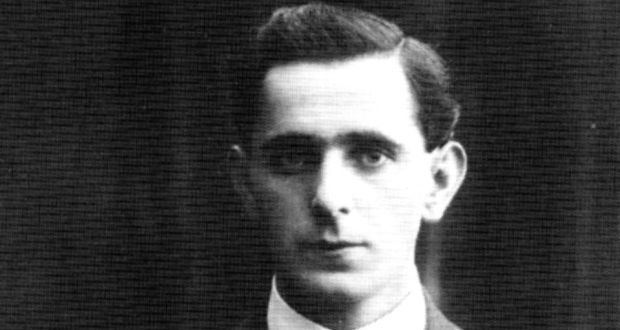 | ||
Born 27 January 1883
Kiltyclogher, County Leitrim, Ireland ( 1883-01-27 ) Rank Supreme Council IRB
Military Committee IRB Died May 12, 1916, Kilmainham Gaol, Dublin, Republic of Ireland Allegiance Irish Republican Brotherhood, Irish Volunteers Similar People Patrick Pearse, James Connolly, Michael Collins, John MacBride, John Maxwell | ||
Kevin mccann of the rising movie at sean mac diarmada summer school
Sean Mac Diarmada (English: John MacDermott; 27 January 1883 – 12 May 1916), also known as Sean MacDermott, was an Irish political activist and revolutionary leader. He was one of the seven leaders of the Easter Rising of 1916, which he helped to organise as a member of the Military Committee of the Irish Republican Brotherhood (IRB) and was a signatory of the Proclamation of the Irish Republic. He was executed for his part in the Rising at the age of thirty-three.
Contents
- Kevin mccann of the rising movie at sean mac diarmada summer school
- Join sean mac diarmada republican society ardoyne
- Early life
- Easter Rising
- Commemoration
- Cultural legacy
- References
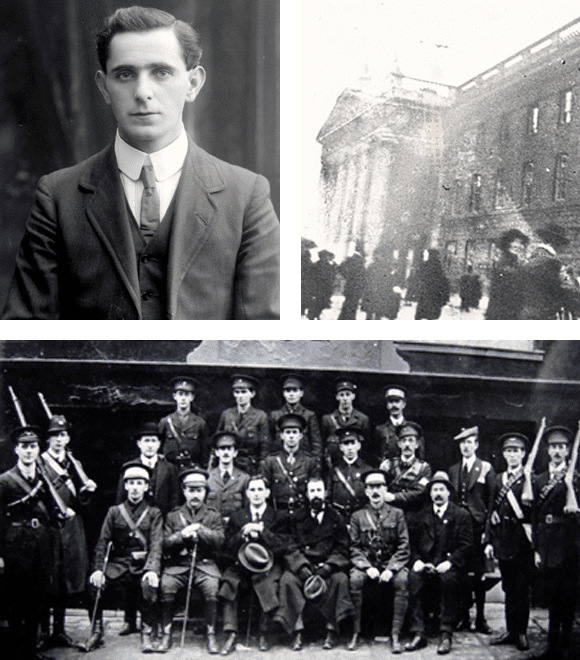
Raised in rural County Leitrim, he was a member of many associations which promoted the cause of the Irish language, Gaelic revival and Irish nationalism in general, including the Gaelic League and (early in his career) the Irish Catholic fraternity the Ancient Order of Hibernians. He was national organiser for Sinn Fein, and later manager of the newspaper Irish Freedom, started in 1910 by Bulmer Hobson and others. Within the Irish Republican Brotherhood, he was a close colleague and friend of veteran republican Tom Clarke.
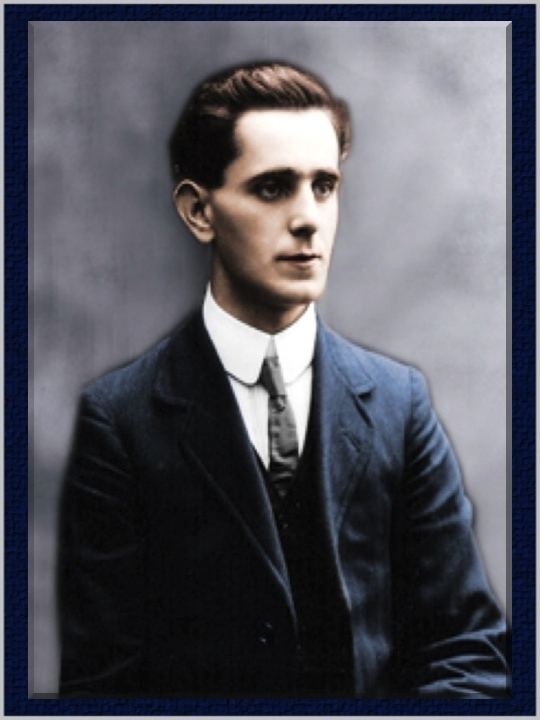
Join sean mac diarmada republican society ardoyne
Early life
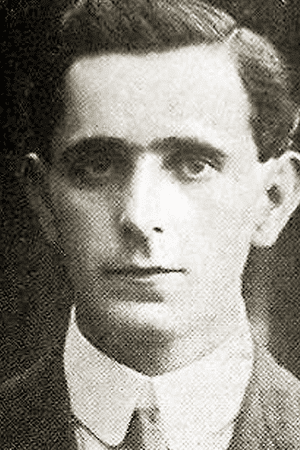
Mac Diarmada was born in Corranmore, close to Kiltyclogher in County Leitrim, an area where the landscape was marked by reminders of poverty and oppression.
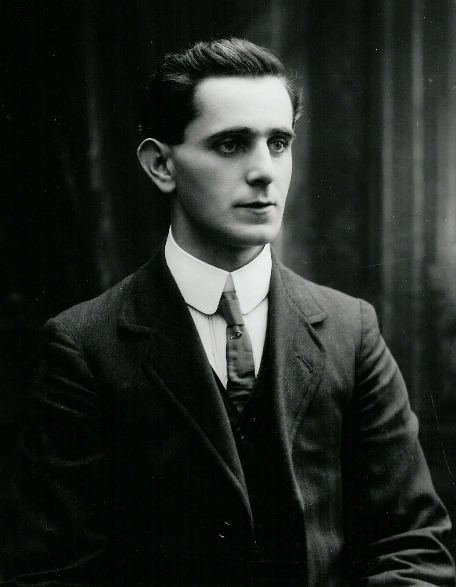
Surrounding Mac Diarmada in rural Corranmore, north Leitrim, there were signs of Irish history throughout the area. There was an ancient sweat-house, Mass rocks from the penal times and the persecutions of the 17th and 18th centuries, and deserted abodes as an aftermath of the hunger of the 1840s. He was educated by the Irish Christian Brothers. In 1908 he moved to Dublin, by which time he already had a long involvement in several Irish separatist and cultural organisations, including Sinn Fein, the Irish Republican Brotherhood (IRB), the Ancient Order of Hibernians and the Gaelic League. He was soon promoted to the Supreme Council of the IRB and eventually elected secretary.
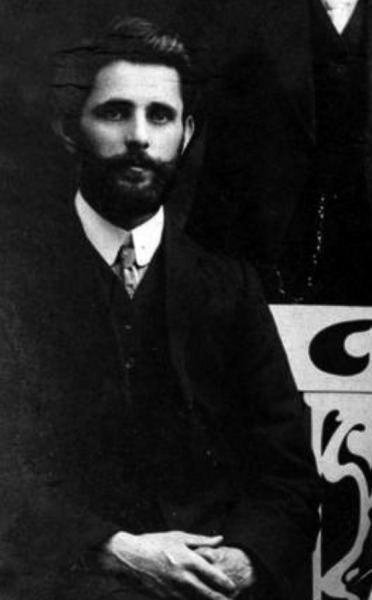
In 1910 he became manager of the radical newspaper Irish Freedom, which he founded along with Bulmer Hobson and Denis McCullough. He also became a national organiser for the IRB, and was taken under the wing of veteran Fenian Tom Clarke. Indeed over the year the two became nearly inseparable. Shortly thereafter Mac Diarmada was stricken with polio and forced to walk with a cane.
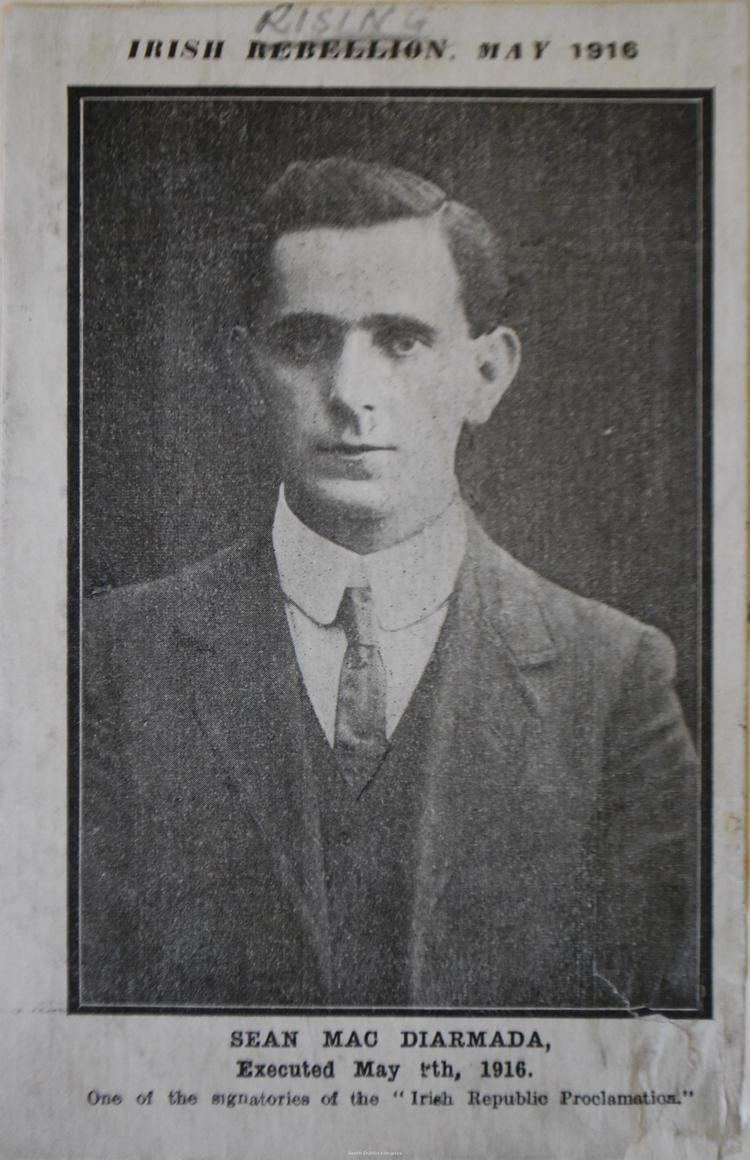
In November 1913 Mac Diarmada was one of the original members of the Irish Volunteers, and continued to work to bring that organisation under IRB control. In May 1915 Mac Diarmada was arrested in Tuam, County Galway, under the Defense of the Realm Act for giving a speech against enlisting into the British Army.
Easter Rising
Following his release in September 1915, he joined the secret Military Committee of the IRB, which was responsible for planning the rising. Indeed Mac Diarmada and Clarke were the people most responsible for it.
Due to his disability, Mac Diarmada took little part in the fighting of Easter week, but was stationed at the headquarters in the General Post Office, as one of the Provisional Republican Government. Following the surrender, he nearly escaped execution by blending in with the large body of prisoners. He was eventually recognised by Daniel Hoey of G Division. Following a court-martial on 9 May, Mac Diarmada was executed by firing squad on 12 May at the age of 33. In September 1919 Hoey was shot dead by Michael Collins's Squad. Likewise, the British Officer Lee-Wilson, who ordered Mac Diarmada to be shot, rather than imprisoned, was also killed in Cork on Collins's order during the Irish War of Independence. Mac Diarmada had been in regular correspondence with Nell Ryan, of a Wexford family. Her sister, Mary Josephine (Min) Ryan was his girlfriend. In his final letter he wrote: "Miss Ryan, she who in all probability, had I lived, would have been my wife". She and her sister, Phyllis had been a courier to the GPO. They also visited Kilmainham Gaol, before his execution, and managed to evade arrest. Min was a founder of Cumann na mBan, managed to get out of Ireland, and travel to America.
Before his execution, Mac Diarmada wrote, "I feel happiness the like of which I have never experienced. I die that the Irish nation might live!”
Commemoration
Sean MacDermott Street in Dublin is named in his honour. So too is Mac Diarmada rail station in Sligo, and Pairc Sheain Mhic Dhiarmada, the Gaelic Athletic Association stadium in Carrick-on-Shannon. Sean MacDermott tower in Ballymun, demolished in 2005, was also named after him. In his hometown of Kiltyclogher a statue enscribed with his final written words – see above – was erected in the village centre, his childhood home has become a National Monument.
Cultural legacy
Mac Diarmada will be portrayed by actor Colin Morgan in the 2016 Irish historical biopic drama film, The Rising, written by Kevin McCann and Colin Broderick, with McCann directing.
